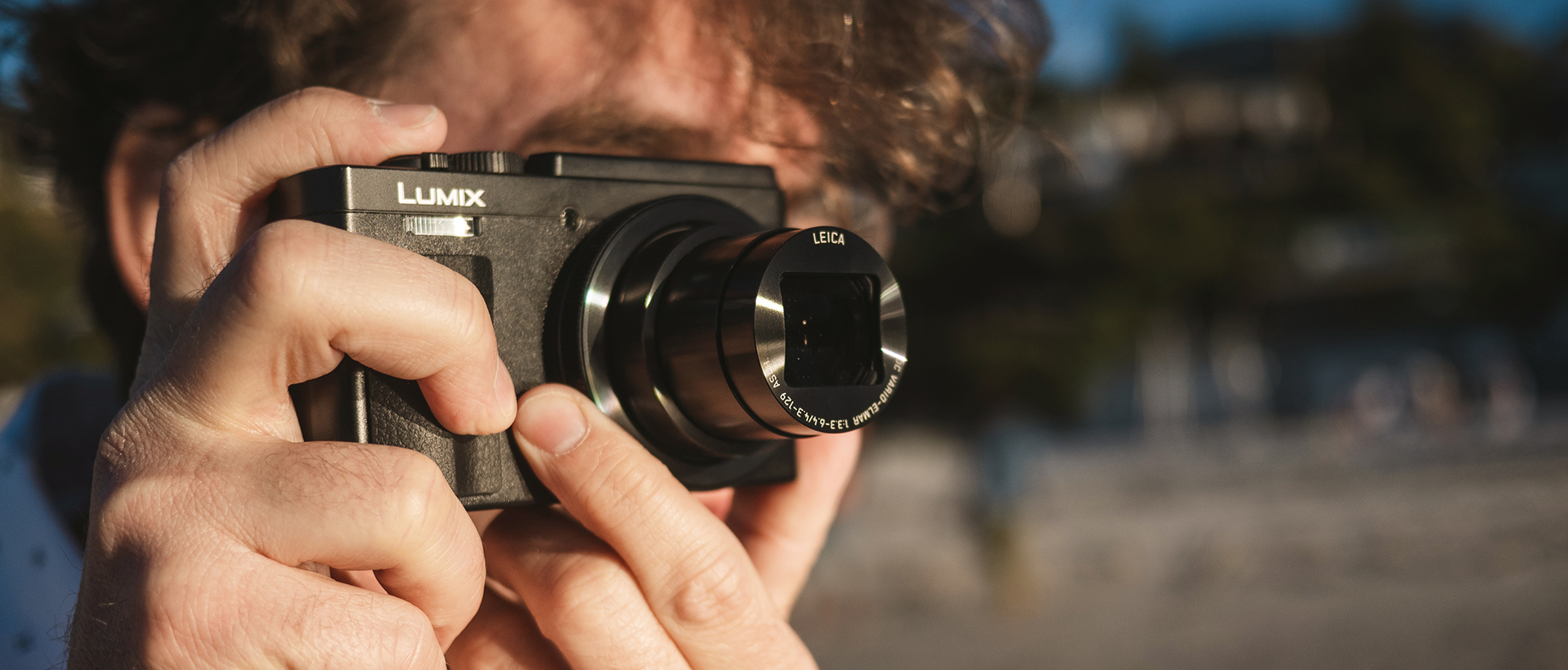TechRadar Verdict
The ZS80 / TZ95 isn't a particularly significant update on what we've seen before in the TZ line, but it's blessed with very fast AF system, great build quality and a perfectly serviceable viewfinder. As with any camera with such a small sensor, image quality can be hit and miss, but this is still one of the better cameras of its kind.
Pros
- +
Speedy AF and and face detection
- +
Very responsive touchscreen
- +
Great UI and comprehensive menus
- +
Very good build quality
- +
Very pleasing 4K video footage
Cons
- -
Only a minor update over the ZS70
- -
Softness at wide-angle settings
- -
Noise reduction robs images of details
- -
Slightly sluggish start-up and shutdown
- -
EVF far from perfect
Why you can trust TechRadar
The Essential Review
This is TechRadar’s review summary that gives you all the key information you need if you’re looking for quick buying advice in 30 seconds – our usual full, in-depth review follows.
The Panasonic ZS80 / TZ95 is superzoom compact camera with a feature set very similar to the previous ZS70 / TZ90, which has been a part of Panasonic's superzoom stable for the past two years.
It maintains many of the same core specs, including its 20.3MP sensor, 4K video capabilities and a lens that provides a focal length equivalent to 24-720mm in 35mm terms, but arrives with a new and slightly larger viewfinder that boasts a considerably higher 2.3 million-dot resolution, versus the ZS70's 1.16 million dots).
The compact camera is very well specced otherwise, with a raw shooting option, 10fps burst shooting and built-in Wi-Fi and Bluetooth, plus a 3-inch LCD touchscreen that can be pulled up and over to face the front. Battery life is rated to a very respectable 380 frames, and there's USB charging.
The camera has been designed with a small grip around its front and a thumb rest on the back, which makes it nicer to handle than many other cameras aimed at a similar demographic. The presence of a physical ring around the lens also puts the left hand to good use, and this can be set to adjust all manner of things, from the zoom and focus mode through to different color options.
Image quality is perfectly reasonable for a camera with such a small sensor and expansive lens. With the camera having the same core components as the previous ZS70, we also see similar traits in images; so, wide-angle results are great in the center of the frame but noticeably soft at the edges at default settings, while images further up the zoom range are aided by an effective image stabilization system, although noise and noise reduction can be seen throughout images in general. 4K video quality, meanwhile, is surprisingly good.
Given that the only significant difference between the ZS80 / TZ95 and the ZS70 / TZ90 is that higher-resolution viewfinder, the decision as to whether it's worth the extra premium is really the only call you have to make here. If you're not that fussed about the higher-quality EVF, but you otherwise like what you see, we reckon you should opt for the ZS70 while it's still around – otherwise, check out our alternatives at the bottom of the page.
Who’s it for and should I buy it?
With its portable body and huge zoom lens, the Panasonic ZS80 / TZ95 is targeted towards those off on holiday or other travels and who don't want the hassle of a larger camera with interchangeable lenses. The raw shooting option is great for those who intend to process their images later on a computer, while the flip-up screen also makes it ideal for anyone who imagines they will be capturing selfies or group shots – particularly as the face detection works so well.
Panasonic Lumix ZS80 / TZ95 price
- Current price: £399 / $448 / AU$599
Some new features but largely business as usual
- 20.3MP sensor and Venus processing engine
- 2.3 million-dot electronic viewfinder
- 3-inch touchscreen with 180-degree tilt
Sensor: 1/2.3-inch CMOS sensor, 20.3MP
Lens: 24-720mm, f/3.3-6.4
Screen: 3-inch, 1,040k dots
Viewfinder: 0.21-inch EVF, 2,330k dots
Continuous shooting: 10fps
Movies: 4K
Battery life: Approx. 380 images (LCD), 250 images (EVF)
User level: Beginner/intermediate
The Panasonic Lumix ZS80 / TZ95 picks up from where the ZS70 / TZ90 left off, although comparing the specs of the two models reveals only minor changes.
The biggest difference is that the ZS80 / TZ95 boasts a new electronic viewfinder with 2.3 million dots on its OLED panel, rather than the 1.13 million of the ZS70, which should help to deliver a slightly crisper image.
It measures 0.21 inches in size and has a magnification of 0.53x in 35mm terms, versus the 0.20-inch size and 0.48x magnification of the ZS80. One of our main gripes about the ZS70's viewfinder was its size, so this update, while modest, is definitely a welcome one.
4K video options remain the same as before, with 4K UHD footage recorded to 30p and Full HD alongside. There's now a Sequence Composition function that allows a sequence of images to displayed within a single shot, and a new Auto Marking feature is also on hand.
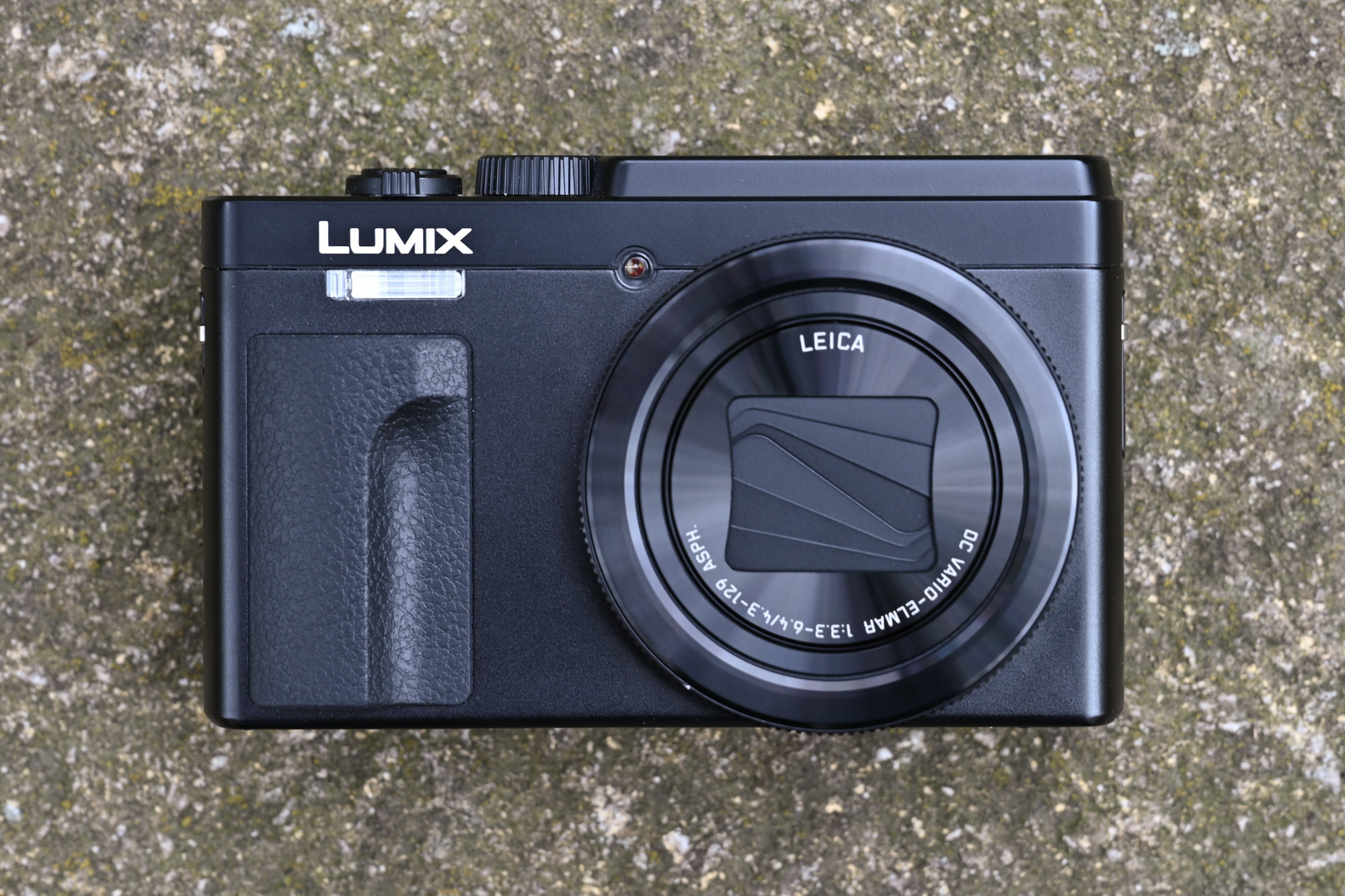
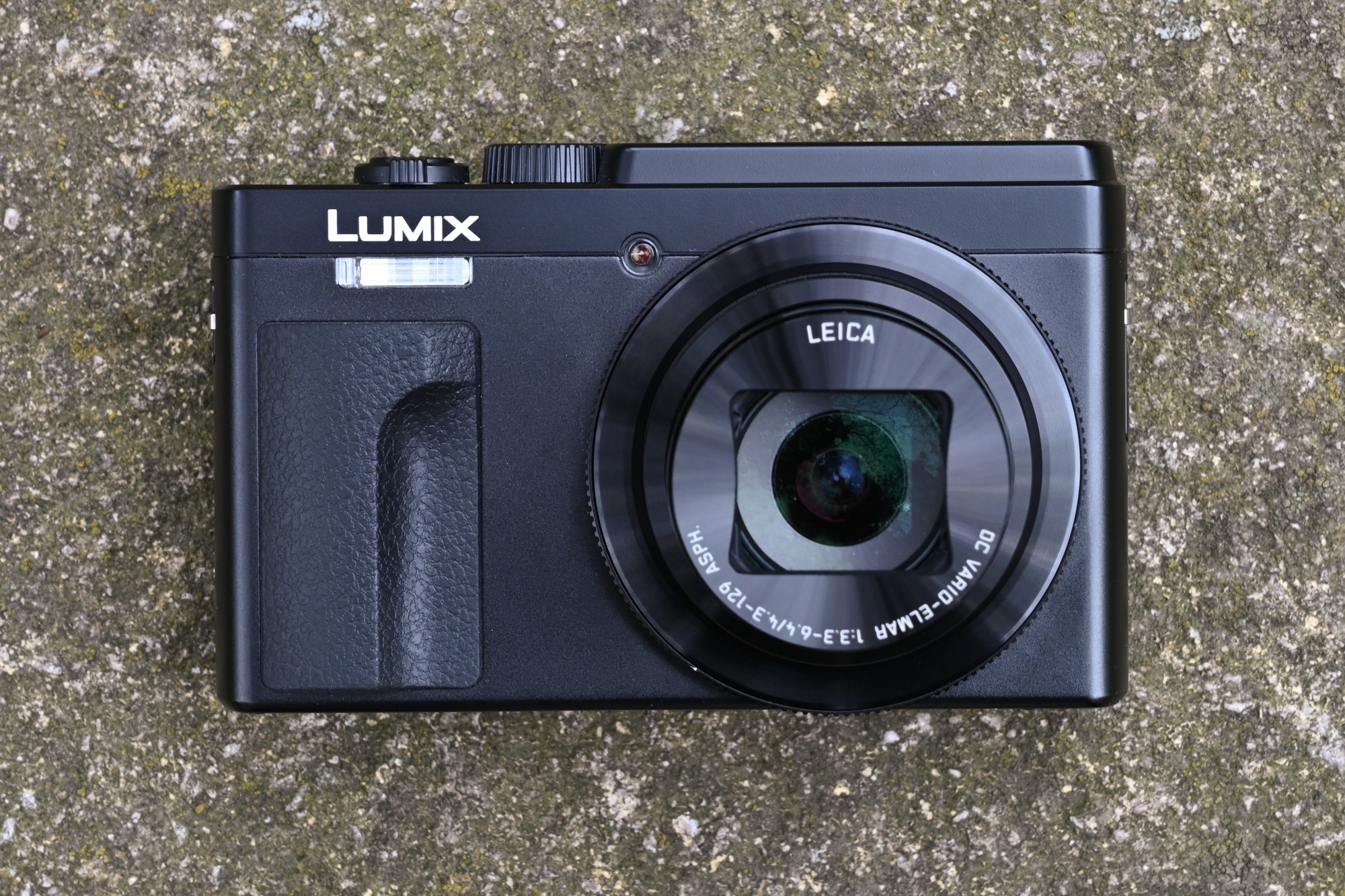
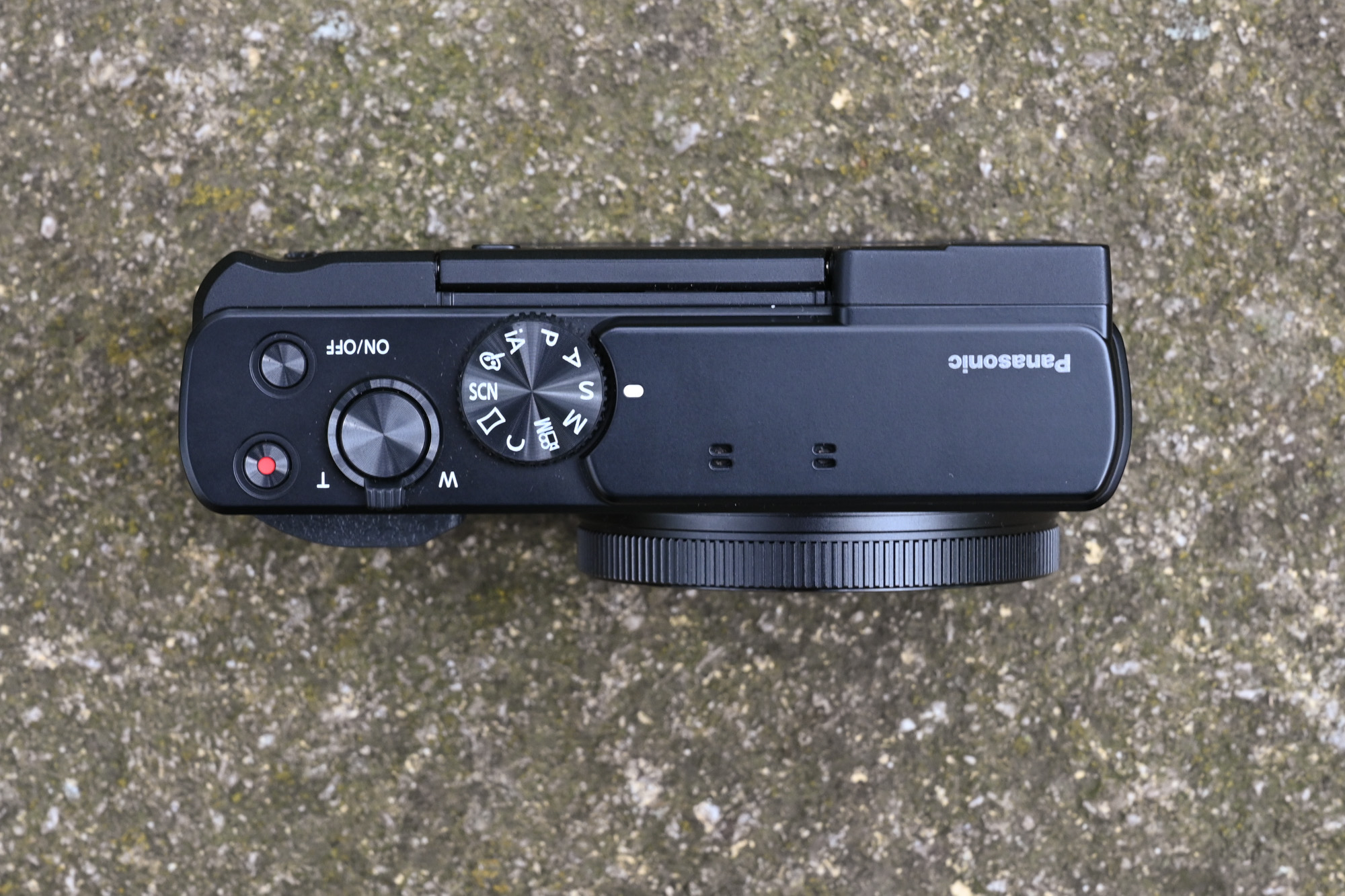
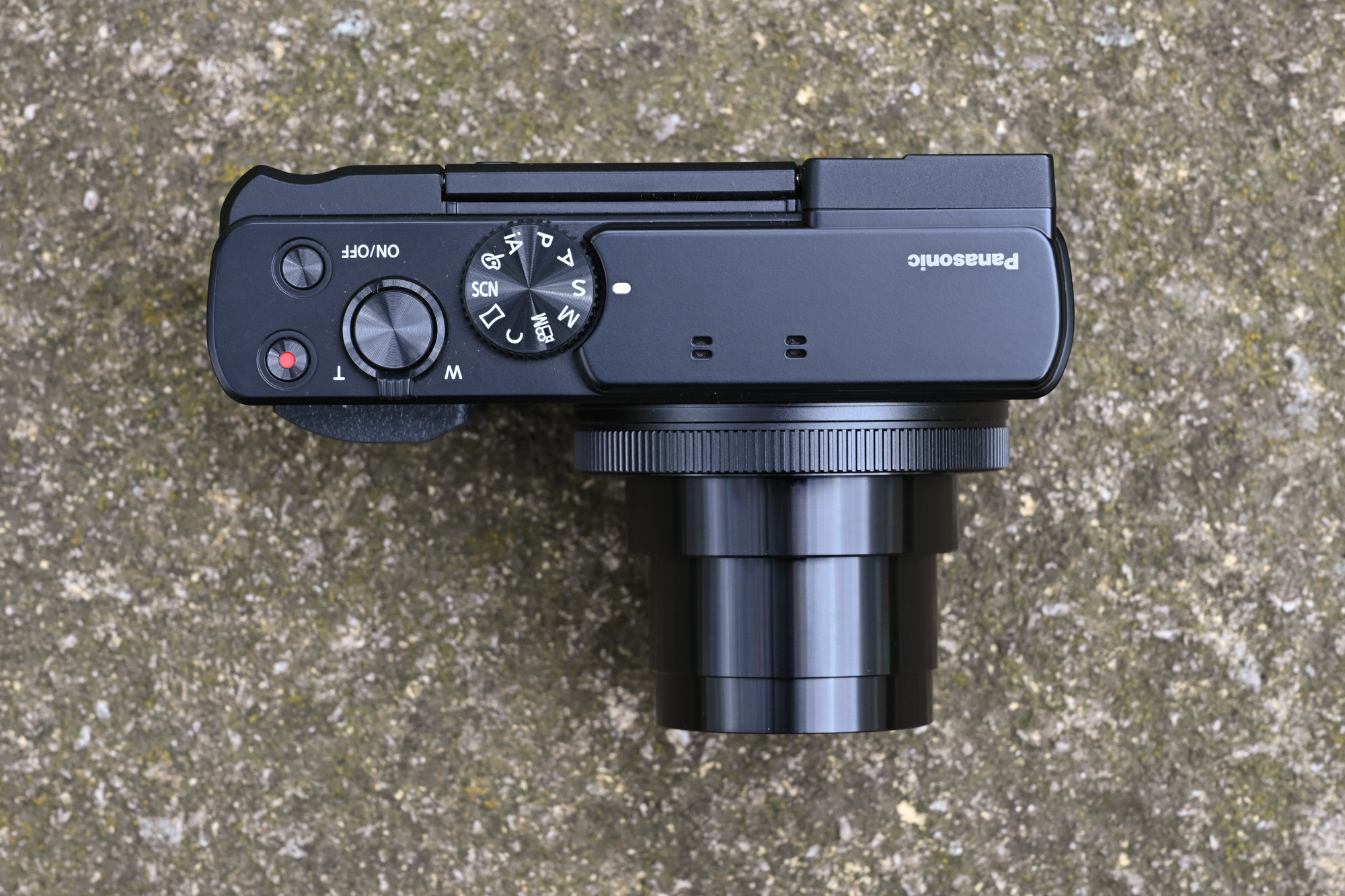
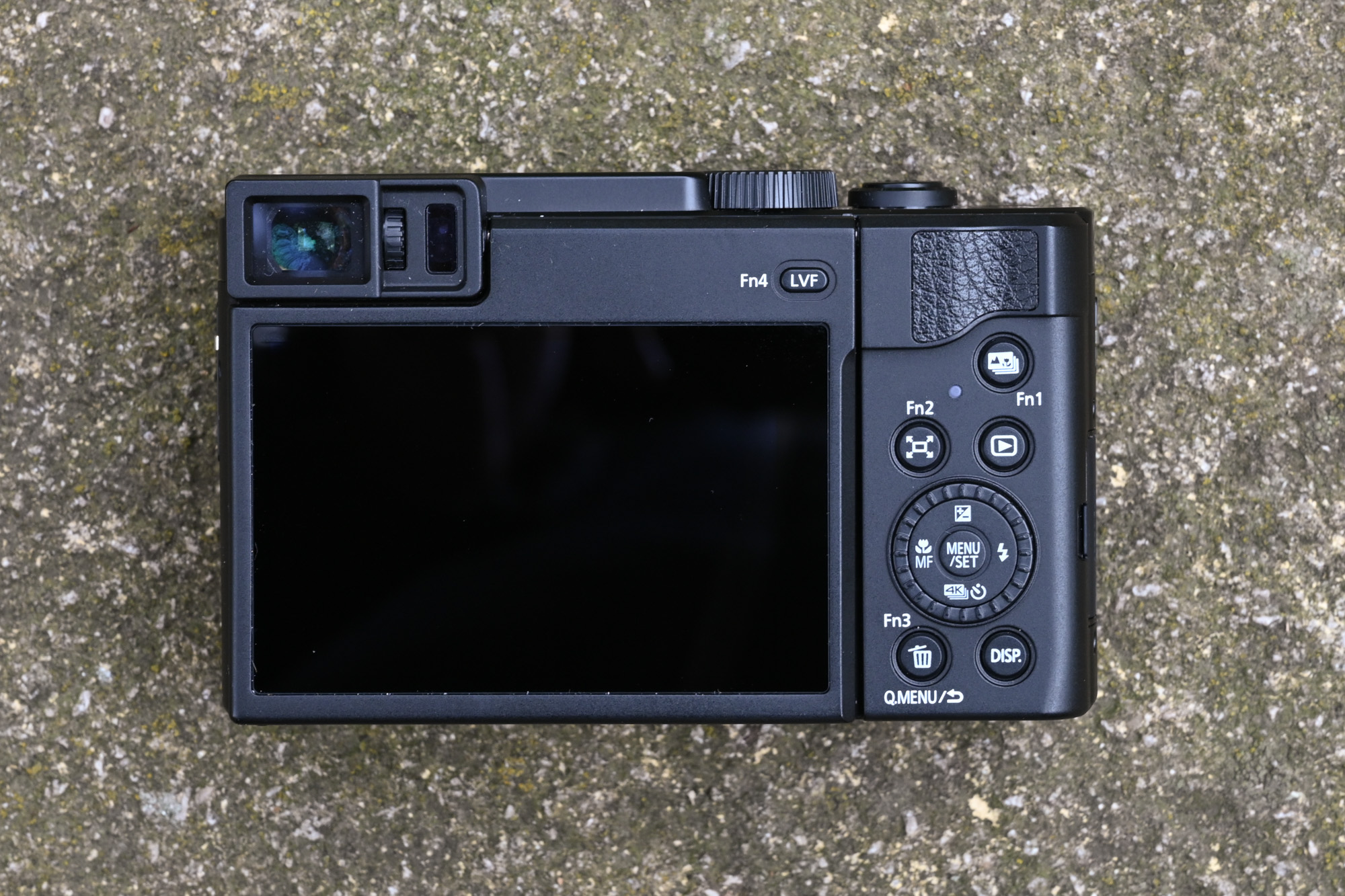
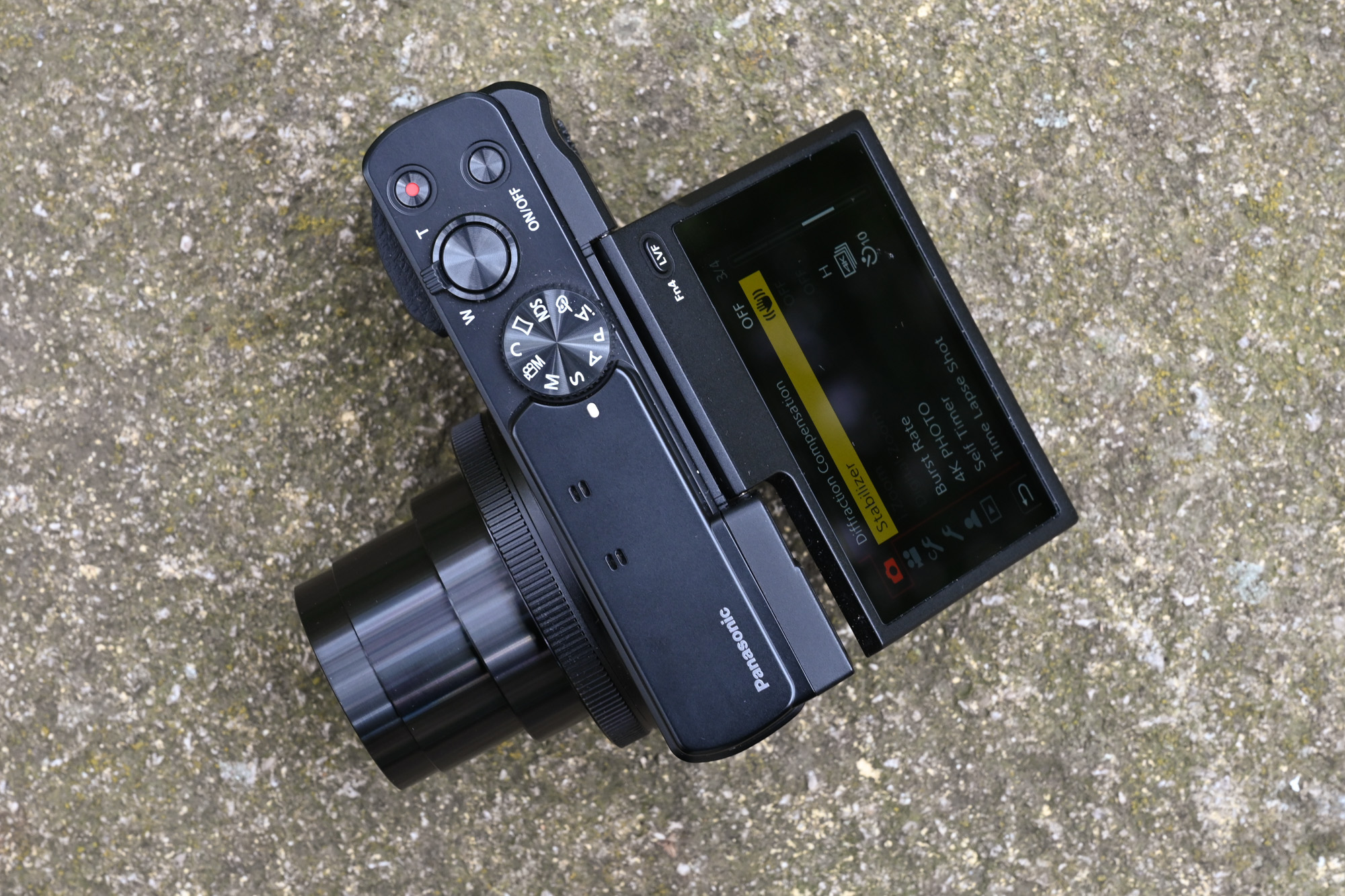
The 1/2.3-inch CMOS sensor that holds 20.3MP appears to be the same as the one in the ZS70, as does the 30x LEICA DC VARIO-ELMAR optical zoom lens that covers a 35mm-equivalent range of 24-720mm; and thankfully this is stabilized, so that it can continue to deliver sharp images regardless of where you are in the focal range.
Focusing is once again handled by Panasonic's long-standing DFD (Depth From Defocus) technology, and a Focus Stacking feature lets you blend a number of frames captured at different focus positions into a single image.
As is now fairly standard for compact cameras, you can also charge the battery via the USB port.
You can also focus using the 3-inch touchscreen on the rear, and this flips around by 180 degrees to face the front – this is another feature that's been carried over from the ZS70, as have an ISO range that works between ISO80-6400 and 10fps burst shooting.
'Always-on' Bluetooth Low Energy and Wi-Fi connectivity have also been thrown in, and these allow you to both send images wirelessly to your device and control the camera remotely.
The model also offers the same battery life as before, which is 380 frames (according to CIPA measurement). That's perfectly decent for a camera of this sort, and way ahead of some competitors.
As is now fairly standard for compact cameras, you can also charge the battery via the USB port, which is handy if you're on the move, as you don't need to pack a dedicated charger.
Design-wise, it's a case of spot the difference
- Control ring around lens
- Small grip and rubber thumb rest
- Very good build quality overall
The design of the Panasonic ZS80 / TZ95 is essentially the same as the ZS70 / TZ90. In fact, aside from the dropping of the 'L' from the front plate and some small cosmetic changes elsewhere, the only differences are with the various controls around the back and what they activate. The minor differences in size and weight between the two – the ZS80 is 6g heavier and about 1.5mm deeper – make no difference in the hands.
The body is very nicely built, and clearly a step above the cheaper compacts that make up a lot of this category. The front has a very well defined grip that appears to be intended for the inside of the middle finger, but its low-down position means that the camera is held far more securely with two fingers pressed against it. This is complemented by a thumb rest on the back of the camera, and all of this means it handles better than many others in this class.
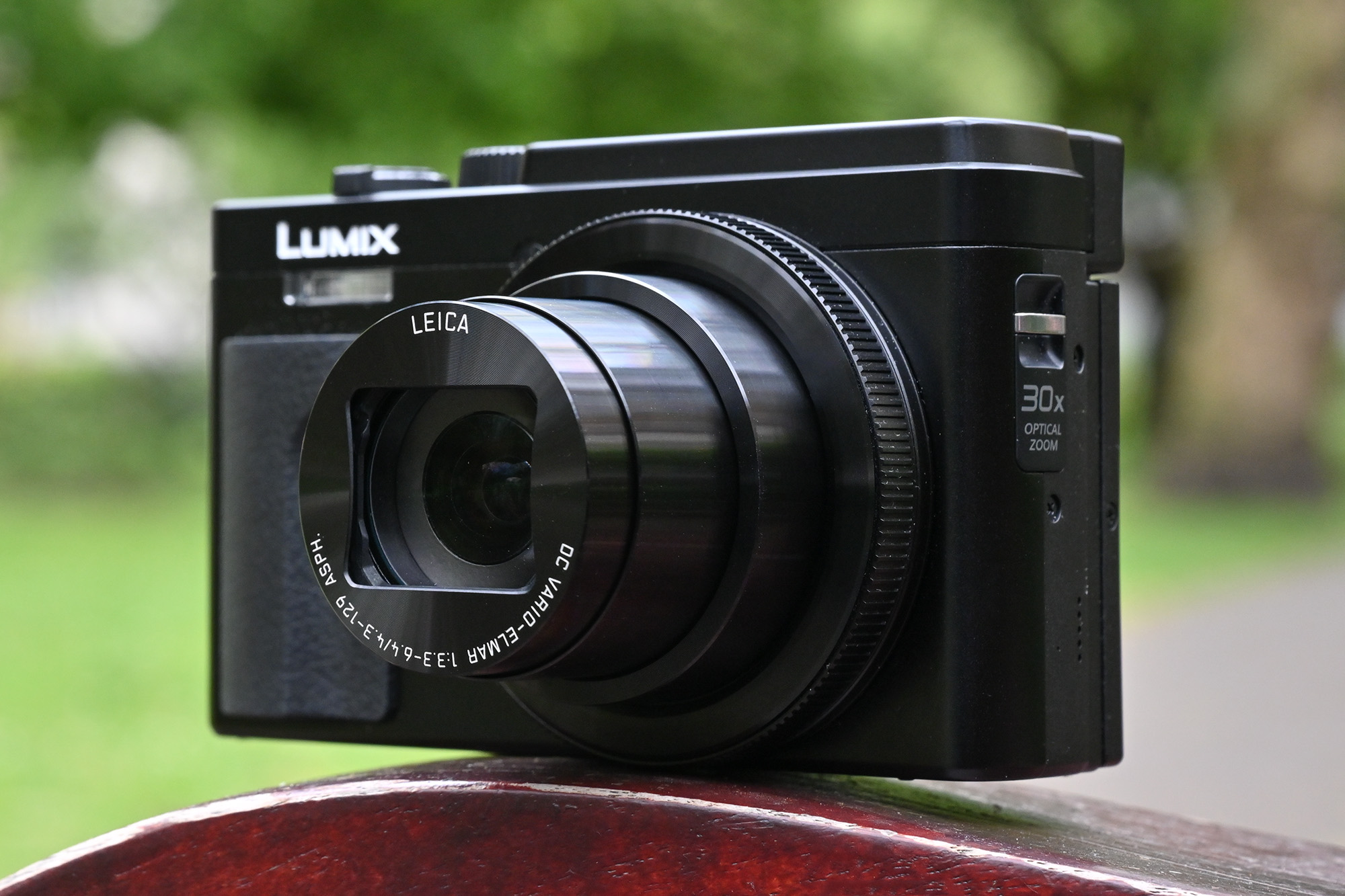
The front plate is made from a sturdy metal, and this continues halfway around the camera. The Lens Control ring is also crafted from metal and it feels just as solid; the rest of the body appears to be made from a polycarbonate, but overall build quality is still very good.
Attention to detail is also excellent, with clearly labelled controls on the top plate and the back. Every button on the body has very good travel, and presses positively into the body with good feedback.
On such a small body with a touchscreen, one issue you encounter when using the viewfinder is that your nose can easily press the LCD and send the focusing point elsewhere.
It's very useful to have the Lens Control ring here, as it makes good use of the left hand, which would be otherwise simply holding the camera. It rotates smoothly and without any clicking, which is great for discretion, although this does mean that it provides no physical feedback.
On such a small body with a touchscreen, one issue you encounter when using the viewfinder is that your nose can easily press the LCD and send the focusing point elsewhere. You can disable the Touch Pad AF feature to prevent this from happening, but then you also lose the luxury of using this feature to adjust the AF point with the touchscreen when you're looking through the viewfinder.
The viewfinder itself is certainly very good next to similar options on such cameras, and the sensor next to it means you don't have to worry about switching between the viewfinder and LCD as you move between the two. It can, however, present a somewhat washed-out version of the scene, and can be a little grainy in low light, but it's perfectly usable. The LCD screen is very nice, however, and the focusing system is nice and speedy, with great face detection performance.
Image quality
- Raw and JPEG shooting
- Some softness at the 24mm end
- Great 4K video
Sharpness at the 24mm end of the lens is very good in the center of the frame when shooting at the widest aperture of f/3.5, although the edges and corners of the frame are noticeably softer.
The image stabilization system does well to keep things stable as you travel up the zoom range, but you really need to stick to shutter speeds of 1/125 sec and above, with better (and more consistent) results at 1/200 sec and higher.
Exposures are generally sound too, although the relatively narrow dynamic range of this kind of sensor does mean that slight overexposure can cause highlights details to be lost. Exposure compensation is easily applied, and you have more scope for minor adjustments when shooting in raw too.
Colors are perfectly pleasing on the default settings, and the auto white balance also seems to do a good job of keeping things faithful to the original conditions. The raft of Photo Styles allow you to capture images with different looks, and it's great that you can assign the selection of these to the Lens Control ring, as it means you can quickly get an idea of how each one looks with a given scene.
Videos captured at the camera's maximum 4K resolution show very good detail, while the image stabilization system does a great job of keeping things stable here too. Rolling shutter, which can make subjects appear to tilt and wobble as the subject or camera moves around, is also minimal.
Overall, the Panasonic Lumix ZS80 / TZ95 is a fine camera, but not really any significant step up from the ZS70 / TZ90. If you absolutely need this kind of zoom range then it's a perfectly decent choice, but if image quality is more of a concern and you don't mind sacrificing a bit of reach, the similarly priced Panasonic ZS100 / TZ100 is a far better choice, while if you can stretch to the Panasonic ZS200 / TZ200, even better.
Not convinced? Try these...
If the Panasonic Lumix ZS80 / TZ95 isn’t for you, we’ve picked three excellent alternatives for you to consider.
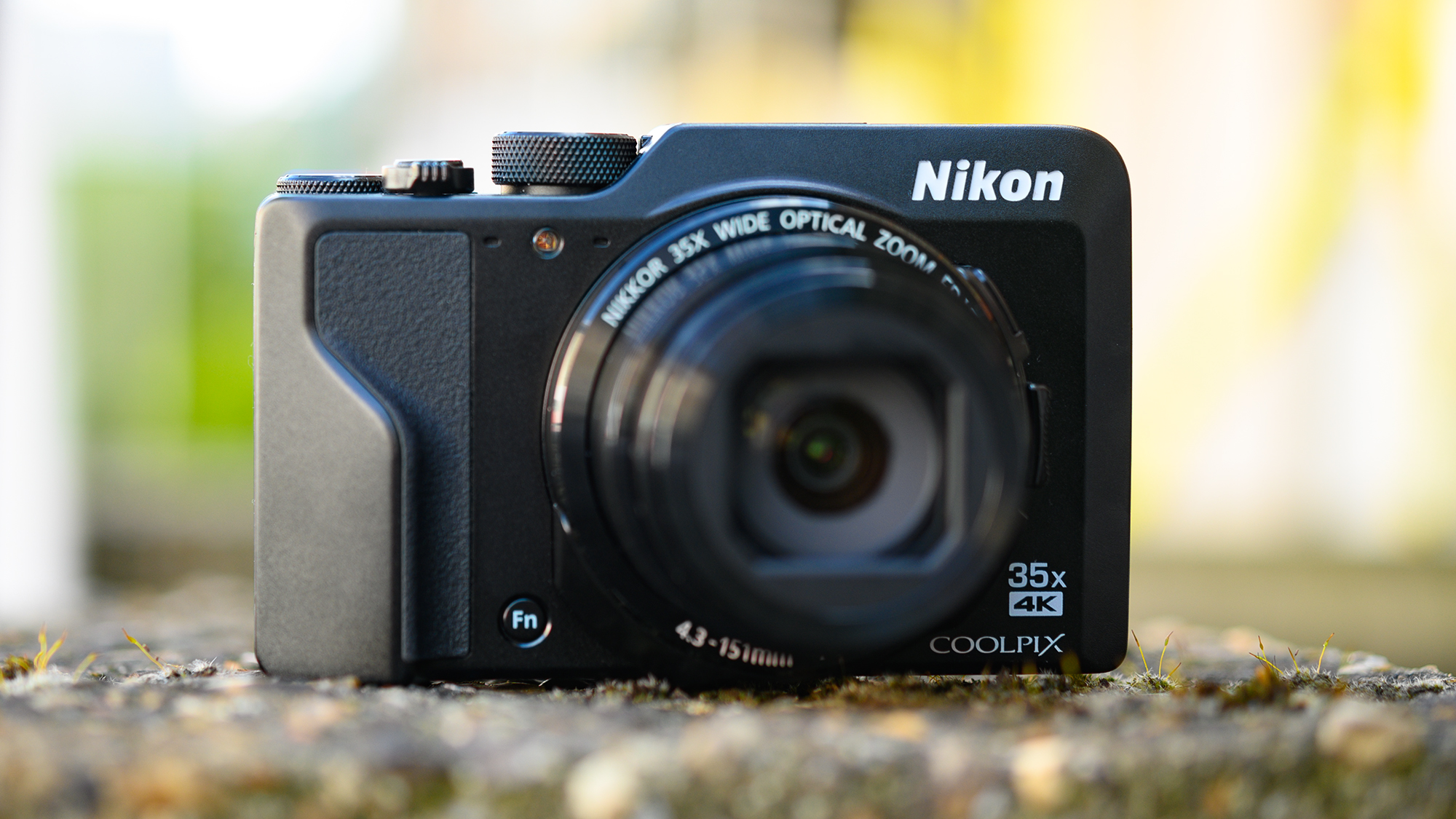
Nikon A1000
The Nikon A1000 is perhaps the closest rival to the ZS80 / TZ95 where specs are concerned, matching its 3-inch flip-out touchscreen, its 4K video and raw shooting options, and also its 10fps burst rate and provision of a built-in EVF (albeit with a lower-resolution panel). The sensor has a slightly lower 16.1MP, while the lens sports a longer 24-820mm-equivalent zoom range. It all sounds great, so it's a shame that performance and some design quirks let it down.
Read our in-depth Nikon A1000 review
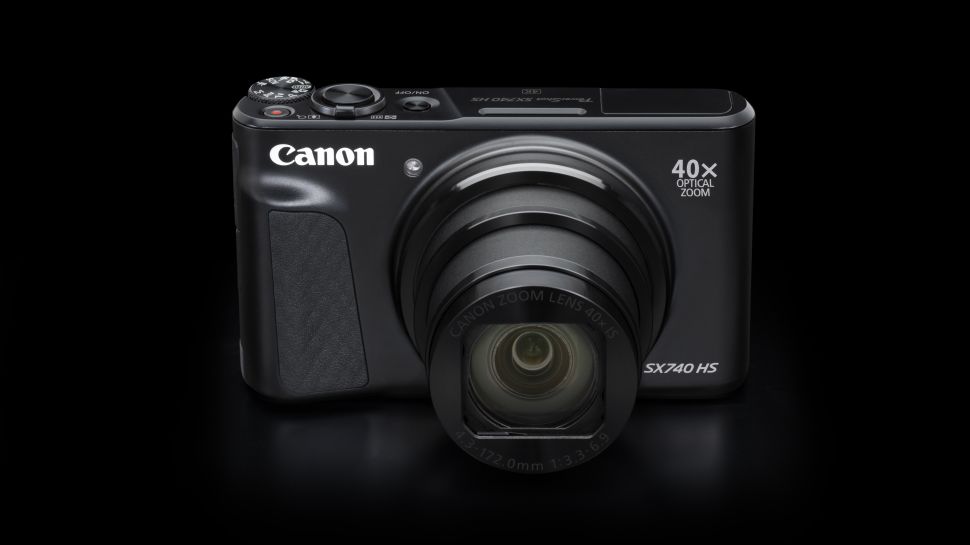
Canon PowerShot SX740 HS
A relatively recent addition to Canon's PowerShot stable, the SX740 HS manages to beat the ZS80 / TZ95 by packing a 40x optical zoom lens inside its slender shell. It equals the ZS80 in offering a 20.3MP sensor, 4K video recording, 10fps burst shooting and an LCD that flips up by 180 degrees, although there's no electronic viewfinder. We've not had a chance to put the SX740 HS to the test yet, but if you're drawn to the ZS80, and the absence of a viewfinder isn't a deal-breaker for you, this camera should probably make your shortlist too.
Read more about the Canon PowerShot SX740 HS
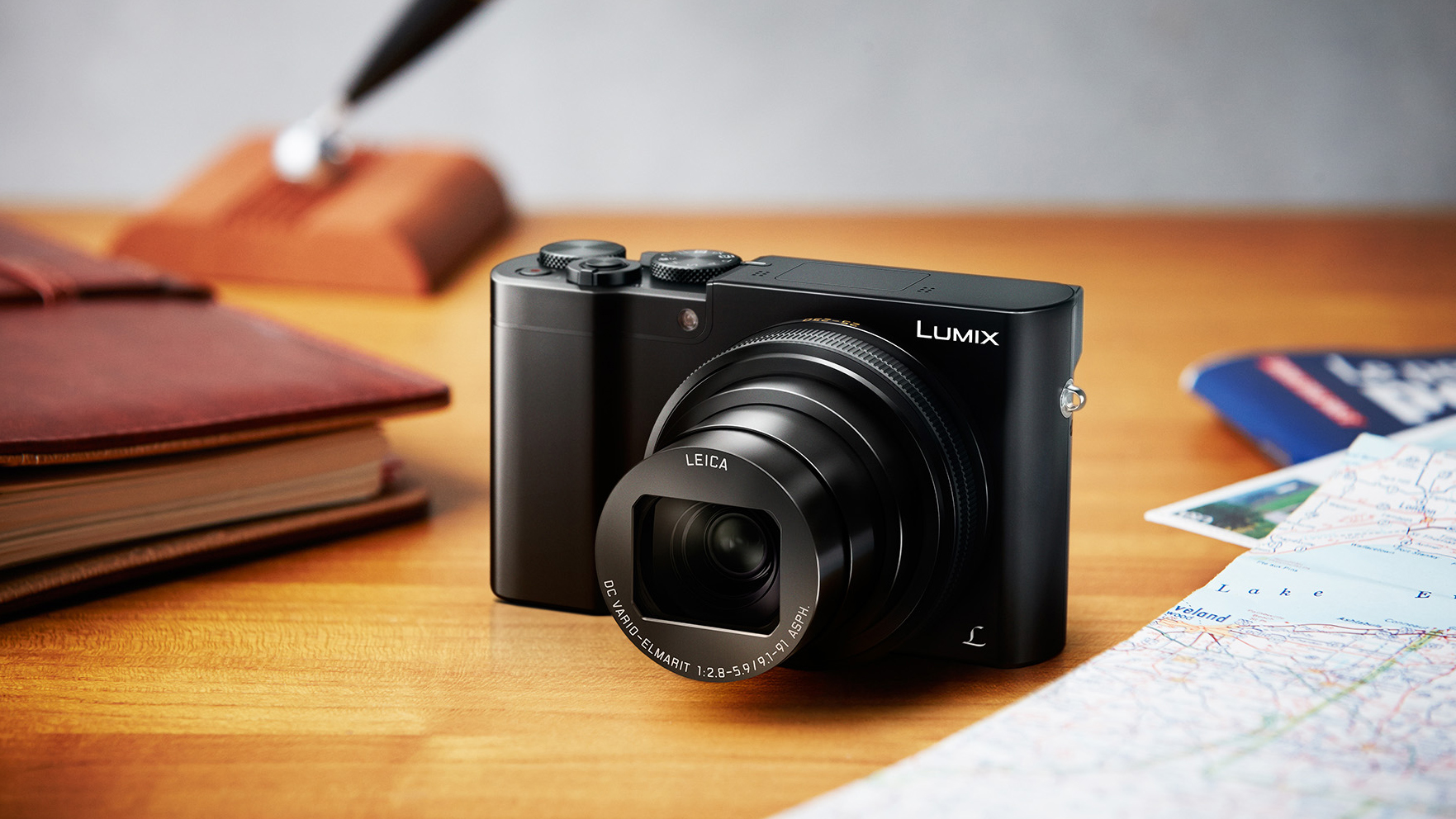
Panasonic TZ100
The ZS100 / TZ100 can be snapped up for around the same price as the ZS80 / TZ95, and it also boasts 4K video, an electronic viewfinder and built-in Wi-Fi. Image quality is considerably better though, and much of this is down to the significantly bigger 1-inch sensor at the heart of the camera. The only downside to that big sensor is the one thing that really splits the two cameras: the lens culminates at 250mm rather than 720mm.
Read our in-depth Panasonic ZS100/TZ100 review
